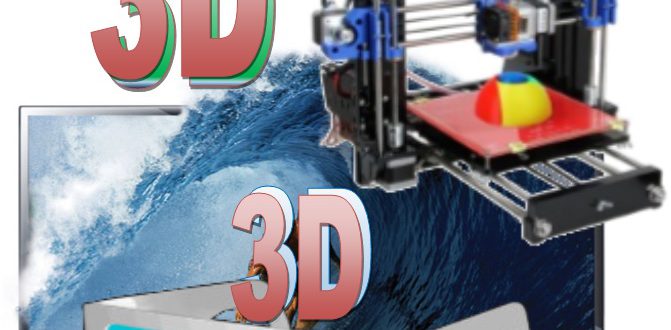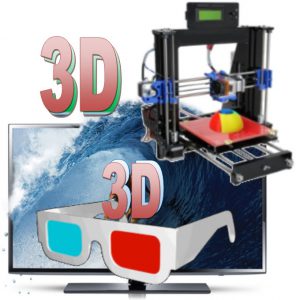
By Dr. Aaron Dishno
The past few decades were dedicated to the Information Age
Some of the best qualities of the traditional browsing Internet are accessibility to information, communication, social networking, and shopping! Just think of the largest companies on the Internet. Here are a few off the top of my head:
- Wikipedia – All about storing good peer reviewed Information.
- Google – Searching and finding Information.
- Google, Apple, Microsoft, Firefox, and other Browser companies – The program that connects you to the Internet.
- Apple, Android, Microsoft, and other Mobile device companies – Portability of the Internet through smart cell phones and tablets.
- Skype, FaceTime, Email, text and chat companies – Tie people together through communication.
- WordPress, YouTube, Facebook, Instagram, and many more social network companies (sites) – allow you to connect to others and speak out to the public.
- Amazon, eBay, PayPal, and other Shopping related companies with shopping sites and functionality – Bring products, services, and related items to our door steps.
Congratulations, maybe it is time to mark the winners of the Information Age.
So what is next?
I believe that the 3D Age has begun.

We are seeing the emergence of 3D Printers, 3D Televisions, 3D Games, 3D devices, 3D Cameras, 3D Glasses, and 3D Software.
Before my work on 3D Browsing began, if you searched 3D on the Internet, you would find 3D images, 3D Video walk-through, 3D Mapping, 3D Games, and 3D web pages (that were attempts to lift current web pages onto flat walls and usually required unique browser software) on the Internet.
I noticed that there was a need for something completely new. It couldn’t just be copies of web pages on flat walls in square rooms. That would lead to the same limitations of the current Internet.
I started the next generation of Internet with 3D Browsing.
The first concept I needed was for it to be endless. When you start on a traditional webpage and click a link, it unloads the original webpage and opens the next webpage. Other than the browser remembering the history of the page you came from, posted form submits, and your session information, each webpage is a fresh newly loaded page of information. This allows you to go from one webpage to another practically endless for days.
Endless 3D Browsing
For the non technical people, I would say it loads the 3D Browsing Engine and when you Walk towards a 3D Object (3D Community, 3D Building, or 3D Thing) it loads it, while you Walk away it unloads it. This loading and unloading is perpetual like juggling the 3D Shapes that are loaded at any time.
Check out my video demo
For the technical minded individuals, here is the breakdown. It has 4 main parts:
- Start the Session for the 3D Browsing Engine
- Connecting Grid Markers
- Load Zones
- 3D Building Blocks make up what you see (3D Objects)
Start the Session
When you go to a webpage for 3D Browsing, the page loads the 3D Browsing Engine and starts your session. This includes the:
- 3D Gaming Engine,
- HTTP3D Framework (3D Browsing functionality), and
- initial scene ground and sky from the 3D Community or 3D Building you are loading.
You are now free to Pan and Walk around as you like. The 3D Game Engine and HTTP3D Framework stays loaded the entire time. This is the overhead of 3D Browsing.
Connecting Grid Markers
Next, the connecting grid information is loaded. This is the map for the 3D Objects. It defines where each 3D Object is placed, what direction or rotation, and the scale for size of the 3D Object. The connecting grid then loads a marker (small little invisible box) for each 3D Object. Think of these markers as the replacement for having links on the webpage.
Clicking a link from traditional webpages is then replaced by how close you Walk to these invisible box markers. Not all invisible boxes have to be loaded at the start, some are loaded when other markers are approached; as others disappear as you Walk farther away.
Load Zones
When you Walk close enough to a marker (usually just close enough to start to see the 3D Object in the distance), it triggers the HTTP3D Framework to render the Load Zones. Load Zones are larger invisible boxes that define areas around 3D Objects.
- When you Walk inside of the Load Zone, the 3D Shapes tied to it are rendered and show in the scene.
- When you Walk out of the Load Zone, the 3D Shapes tied to it are removed from the scene.
By default all 3D Objects come with 3 Load Zones; Extreme, High, and Normal.
The Extreme Load Zone is used to see in the greatest distance the largest of the defining 3D Shapes, like the sides of a 3D Building. That way you know something is there and should Walk towards it to see more.
The High Load Zone is used to define the remainder of the outer 3D Shapes, like the rest of the 3D Building doors, window sills, windows, entry ways, window shopping items, and trim. Think of it as what you would see from the sidewalk.
The Normal Load Zone is used to define the rest of the inner 3D Shapes, like the items you would see when you enter the 3D Building. This would include furniture and details within the rooms.
At Walk the Web with our 3D CMS, you can also add your own Custom Load Zones so that you can delay loading 3D Shapes until they become relevant. For example, 3D Shapes in a room wouldn’t need to be loaded until you Walk down a hallway towards the room.
3D Building Blocks (3D Shapes)
3D Building Blocks or 3D Shapes are the objects we use to create 3D Communities, 3D Buildings, and 3D Things. Like playing with blocks as a kid, you can create almost anything you can visualize.
These 3D Shapes are added and removed from your 3D Scene. This is one of the fundamental concepts of 3D Browsing.
In conclusion
I feel like I have shared a visual mouthful on this post. Bear with me and it will get clearer as we go. Create a login and try our step-by-step tutorials!
Let’s all try 3D Browsing!
Join me and Create the future of the Internet!
~ Aaron
